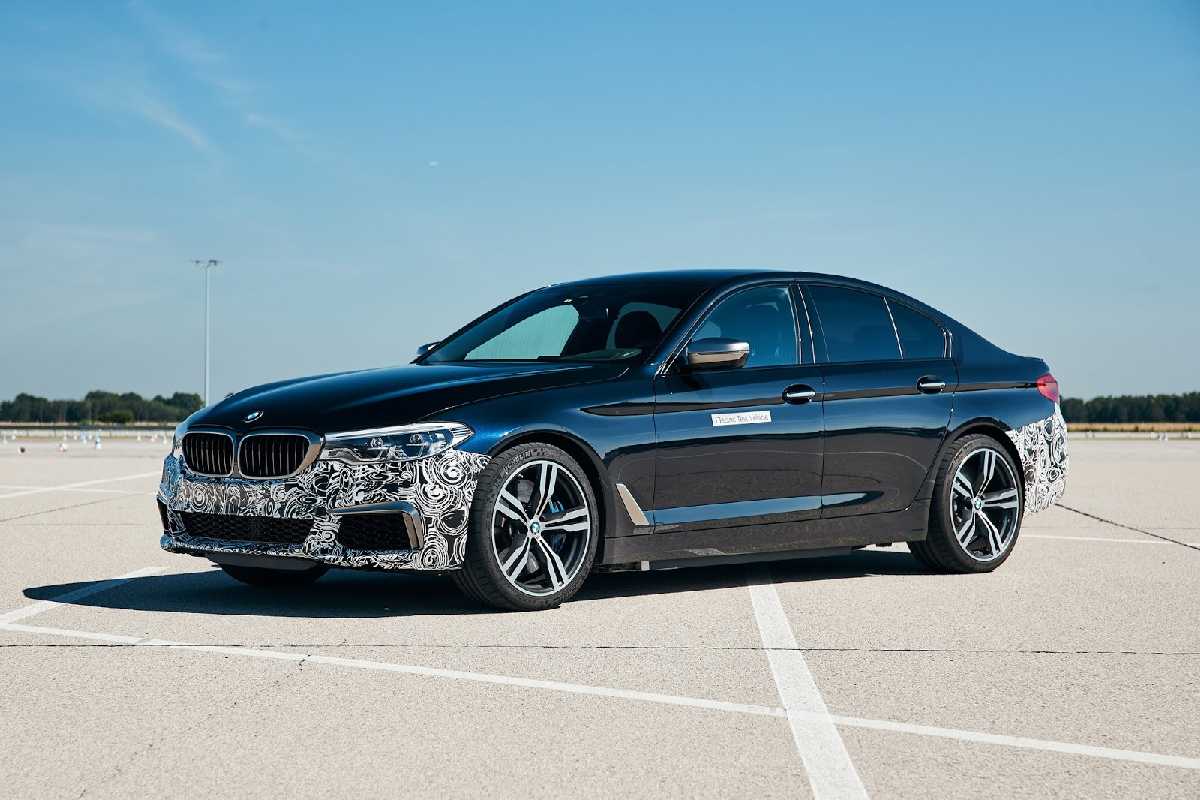
BMW Power BEV Electric Test Vehicle
BMW Power BEV Electric Test Vehicle: The BMW, or Bayerische Motoren Werke AG, is a multinational German manufacturer of high-performance luxury cars and motorcycles with headquarters in Munich, Bavaria.
The company was established in 1916 to develop airplane engines, which it did from 1917 to 1918 and from 1933 to 1945.
BMW, Mini, and Rolls-Royce are the brands used to promote automobiles, while BMW Motorrad is used to market motorbikes.
With 2,279,503 vehicles manufactured in 2017, BMW ranked as the fourteenth-largest automaker in the world.
The business has a long history in motorsport, particularly in touring vehicles, sports cars, and the Isle of Man TT.
BMW’s headquarters
- In addition to producing cars in Germany, Brazil, China, India, Mexico, the Netherlands, South Africa, the United Kingdom, and the United States, BMW has its headquarters in Munich.
- Following investments made by the brothers Herbert and Harald Quandt in 1959 that kept the business from going bankrupt, the Quandt family has been a long-time shareholder of the company (with the remaining shares owned by the public float).
Power BEV
- The BMW Group’s “Power BEV” demonstration vehicle, displayed at #NEXTGen, pushes the boundaries of what is technologically feasible.
- The car has three fifth-generation electric drive units installed, and its maximum system output is more than 530 kW/720 horsepower.
- Because of this, it can quickly accelerate from 0 to 100 km/h (62 mph) in under three seconds.
Aim
- The development team’s goal was to create an impressive experimental vehicle from both a longitudinal and lateral dynamics standpoint.
- It has been built to be fast in a straight line and to make the driver smile through carefully executing turns, as one might anticipate from a BMW.
- The chassis and powertrain developers collaborated closely to maximize the car’s performance.
- Here the two electric motors at the rear axle are operating independently is crucial to their dynamic characteristics.
- It activates e-torque vectoring, which permits the conversion of the maximal motor power into forwarding propulsion even during highly dynamic driving maneuvers.
Result
- Because actively targeted inputs are feasible in all driving situations, the result is more effective and accurate than a limited-slip differential.
On the other hand, a limited slip differential constantly responds to a variation in the driven wheels’ rotational speeds.
Drive System
- The drive system consists of three fifth-generation drive units that each house an electric motor and the necessary power electronics and take-off.
- Two (a double drive unit) are mounting at the rear axle, and one at the front axle. Along with its eye-catching power, this generation is famous for being entirely devoid of rare earth.
- The BMW iX3 will be the primary vehicle to use one of these electric motors in series production. However, the iX3 will only feature one motor as opposed to three.
- The Power BEV is built from a current BMW 5 Series production vehicle.
- This type of drive system requires significant technological work to integrate into a production vehicle. Yet it has been doing here with no compromise to the passenger room.
- It makes comparing this ambitious concept to alternatives much more straightforward.
- Additionally, it has enabled the engineers to examine the opportunities presented by two independently controllable electric motors at the back axle with e-torque vectoring even more thoroughly.


